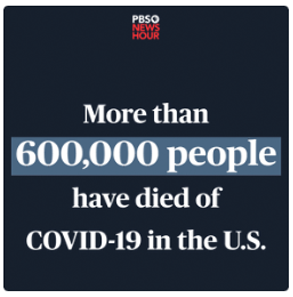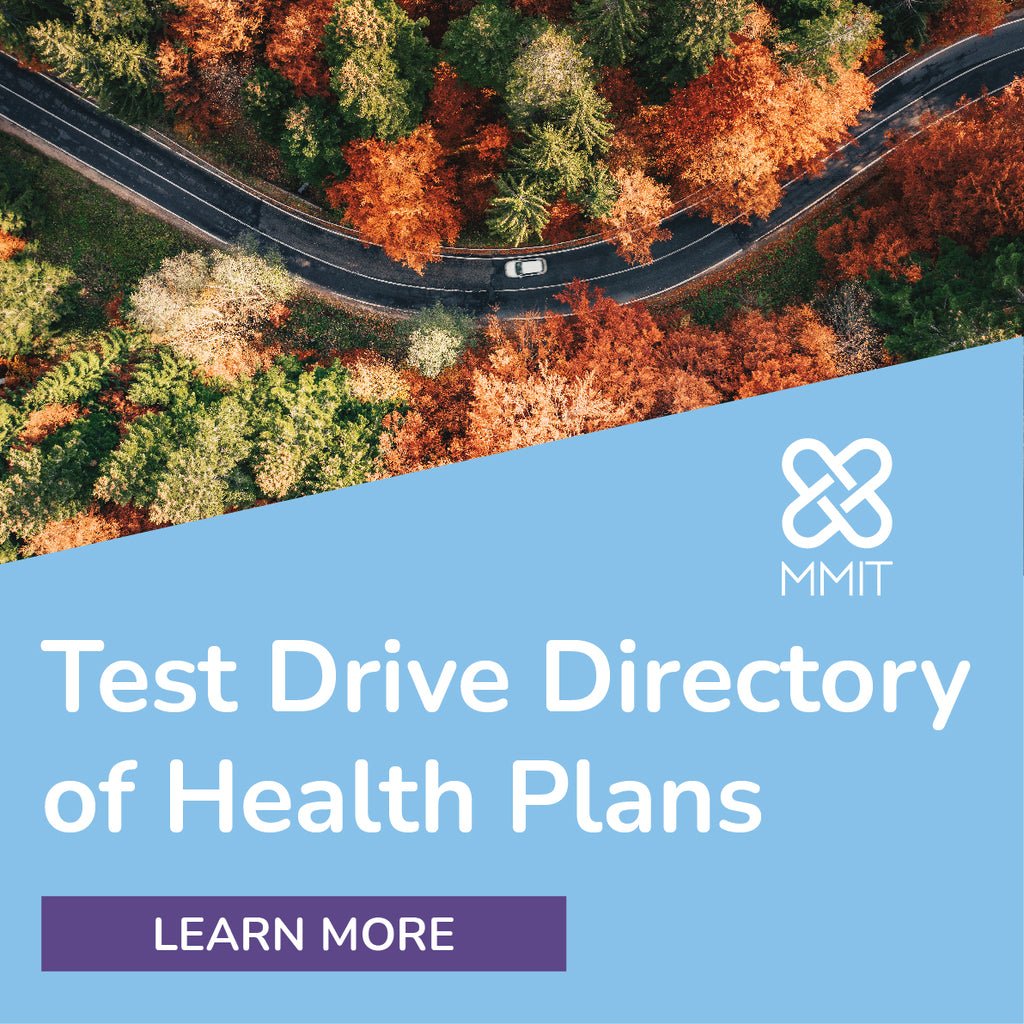Radar on Drug Benefits
-
AscellaHealth Assesses New, Anticipated Specialty Treatments
The specialty drug landscape continues to be a dynamic space, as new agents enter the market and existing ones gain FDA approval for additional indications. Global health care and specialty pharmacy solutions organization AscellaHealth recently released its quarterly breakdown of insights into treatments within the segment.
The Q3 2023 Specialty & Rare Pipeline Digest examines new approvals and launches of specialty drugs, including biosimilars, generics, and cell and gene therapies, as well as ones in the pipeline.

-
ICER Report Calls for Greater Coverage Policy Transparency
Major payer coverage policies across select categories often met fair access criteria for cost sharing, clinical eligibility, step therapy and provider restrictions, according to the third annual “Barriers to Fair Access” assessment published by the Institute for Clinical and Economic Review (ICER).
The analysis examined coverage policies for 18 drugs across 10 commercial formularies, eight Affordable Care Act exchange plans and the Veterans Health Administration national formulary, representing 42 million enrollees in total. ICER asked the payers for coverage policy information and leveraged the MMIT Analytics Market Access Database for additional information. (MMIT is the parent company of AIS Health, which maintains journalistic independence and did not play a role in producing the report.)

-
News Briefs: California’s Insulin-Making Operation Hits Roadblocks
The state of California is facing delays in its efforts to produce low-cost insulin and is unlikely to meet its 2024 timeline, Bloomberg Law reports. Gov. Gavin Newsom (D) announced in March that the state had formed a partnership with Civica Rx to produce an insulin known as CalRx that would cost no more than $30 per 10ml vial and no more than $55 for a box of five, 3 mL pre-filled pens. However, California Health and Human Services Secretary Mark Ghaly, M.D., told Bloomberg Law the launch date would extend beyond 2024 due to unanticipated delays.
A group of 48 senators sent a letter to HHS Secretary Xavier Becerra, Dept. of Treasury Secretary Janet Yellen and Dept. of Labor Acting Secretary Julie A. Su asking for the Biden administration to require all insurers to fully cover over-the-counter (OTC) contraceptives. The politicians want the plans to cover the medications with no copays or out-of-pocket costs and without requiring a prescription. Opill, the first FDA-approved OTC birth control pill, is expected to become available early next year. The senators signing the bill included Patty Murray (D-Wash.), chair of the Senate Appropriations Committee; Bernie Sanders (I-Vt.), chair of the Senate Health, Education, Labor and Pensions Committee; and Ron Wyden (D-Ore.), chair of the Senate Finance Committee.

-
Rite Aid Bankruptcy Follows Years of PBM Misadventure
Rite Aid Corp.’s recent Chapter 11 bankruptcy filing could present an opportunity for health insurers and PBMs to poach some of the firm’s assets. Humana Inc. is one of the retail pharmacy chain’s largest creditors, and PBM MedImpact Healthcare Systems, Inc. has offered to buy Rite Aid’s PBM division for $575 million.
Experts tell AIS Health, a division of MMIT, that the bankruptcy is tangible proof that retail pharmacy firms are doomed if they don’t diversify. More than ever, consumers shop for both prescriptions and household items online, trends sped up by the COVID-19 pandemic.

-
List Price for COVID Drug Draws Fire as Pfizer Hopes to Woo Payers
Almost two years after Paxlovid received emergency authorization as a treatment for acute COVID-19 infection, Pfizer Inc. and the U.S. government are now in the throes of transitioning the drug to the commercial market. That means the drugmaker is, in its own words, “working diligently with payers to achieve the best possible formulary placement” for Paxlovid — but also raising some eyebrows with the list price it set for the antiviral therapy.
Pfizer said in a statement that the commercial list price for Paxlovid (nirmatrelvir/ritonavir) in the U.S. will be $1,390 per five-day treatment course. That’s more than twice what the U.S. government paid for the drug, $529 per five-day course, and significantly higher than the price range of $563-$906 that the Institute for Clinical and Economic Review (ICER) suggested would be most cost effective.












